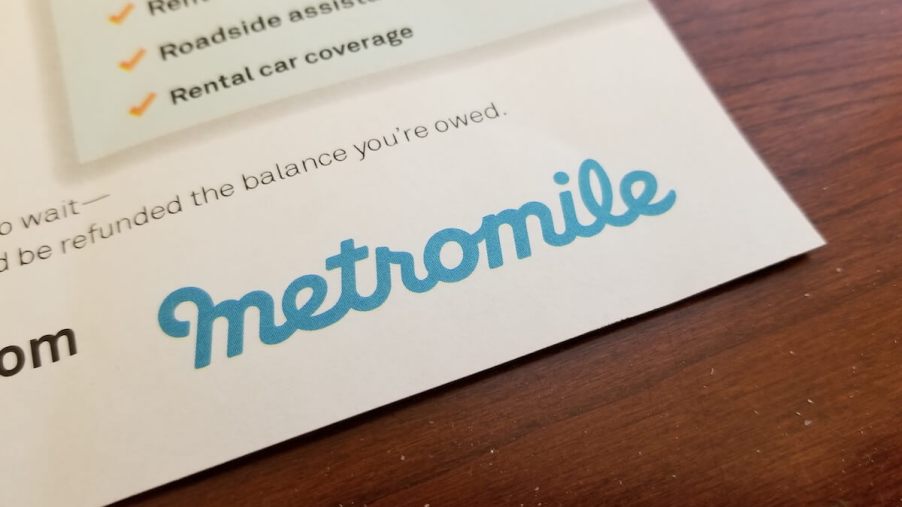
10 Confusing Car Insurance Terms That You Should Know
Having valid car insurance is mandatory when buying and operating a car. Fortunately, there are plenty of different car insurance companies to purchase a policy from. However, some of your car insurance policy terms can be confusing. Check out the definitions of the most common terms that you may come across when purchasing car insurance.
1. Accident forgiveness
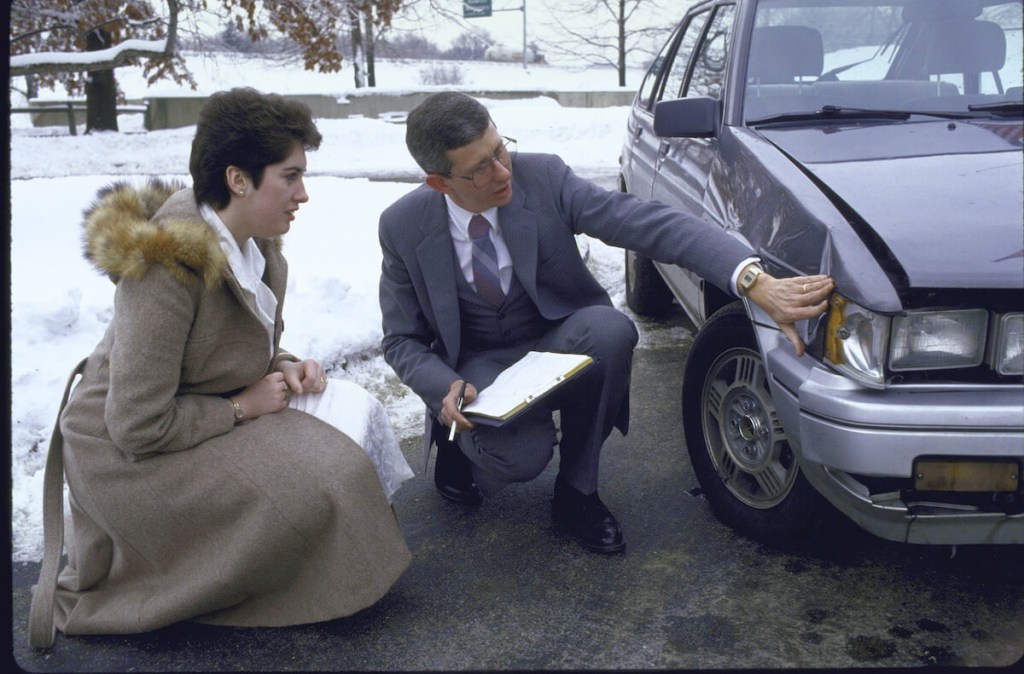
Accident forgiveness is additional coverage you can add to your insurance policy so that the rate won’t go up in the event of an at-fault accident. With some insurance companies, you’ll be able to qualify for this type of insurance after five years of accident-free driving, notes Life Hacker.
2. Actual Cash Value (ACV)
The actual cash value of your car minus the depreciation. The insurance company won’t replace your actual car, but it will reimburse you for its value at the time of the loss.
3. Assigned Risk Plan (AIP)
If a car insurance company deems you to be too high of a risk to insure, you may need to be covered by a state-issued risk plan, which can cost more than regular insurance.
4. Collision coverage
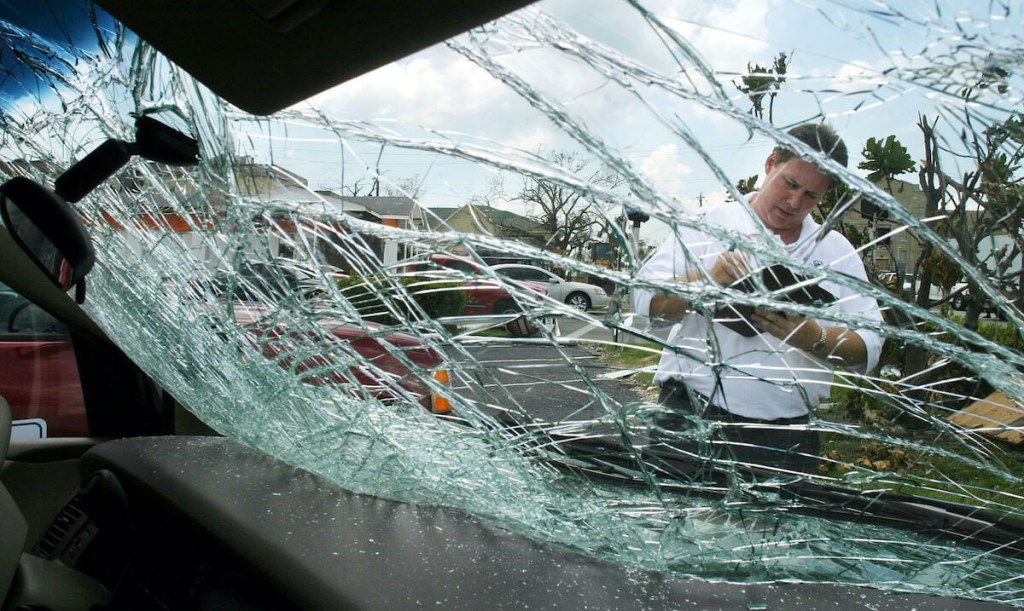
Collision coverage pays for any damages to your vehicle, no matter who is at fault. This type of coverage is typically mandatory for a new car that’s financed. However, it’s not necessary on an older car, but it is recommended.
5. Comprehensive coverage
Comprehensive coverage covers your car in case of a collision with something other than another vehicle. Some examples include a hail storm, fire, hitting a deer, etc.
6. Deductible
A deductible is the amount you pay out of pocket on a claim before the insurance company covers the rest. The higher the deductible, the lower the monthly payments.
7. GAP Insurance
In the event of a total loss, this type of insurance covers the difference, or the gap, between what your car is worth and what you owe on it. Thanks to depreciation, there’s a good chance that your car’s value will be less than what you owe on the financing loan you took out for it. Gap insurance, which stands for Guaranteed Asset Protection, is typically included when you lease a car. But if you finance a car, you must buy it separately.
We suggest purchasing gap insurance from an outside lender or credit union as the one sold at a dealership will cost around three times as much, maybe more.
8. Liability Insurance
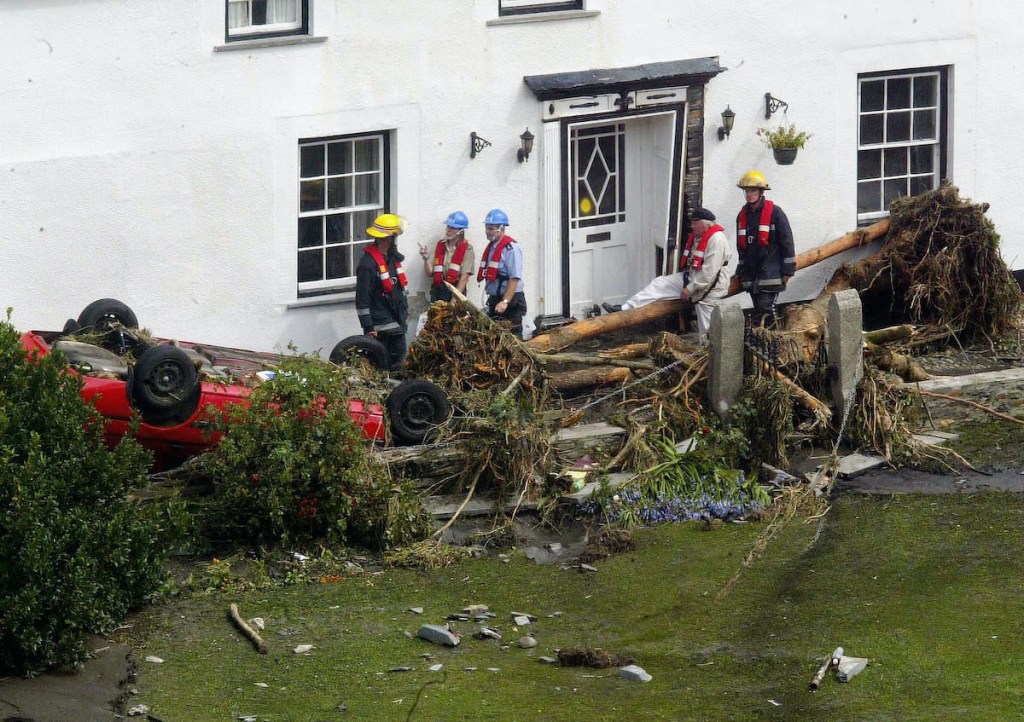
Liability insurance covers the damages or injuries to the other party when you’re at fault in an accident. Life Hacker reports there are two different types of liability coverages: property damage liability and bodily liability. This is the minimum type of insurance coverage you need; it’s often referred to as “liability only” insurance.
9. Total loss
A total loss is when a vehicle is beyond being repaired and must be junked.
10. Underwriting
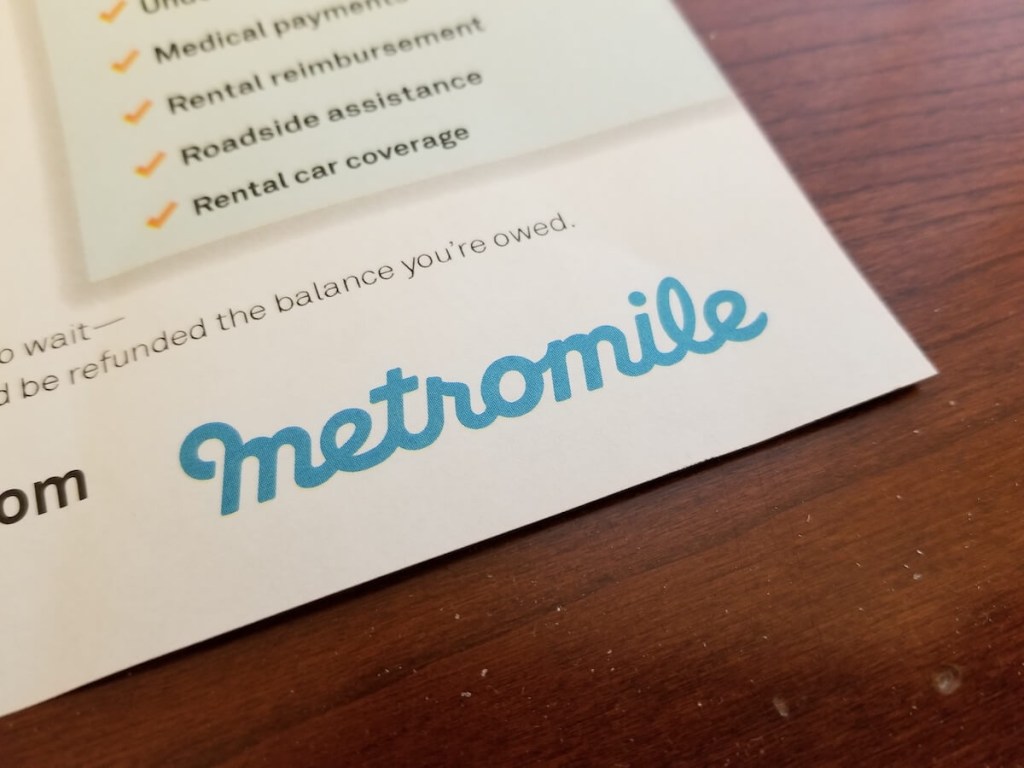
Underwriting is when an insurance company evaluates whether or not it will approve an applicant for coverage.
The most common car insurance terms can be confusing
There are plenty more car insurance terms that you can come across when purchasing a policy, but these are the most common and confusing ones. If you’re currently shopping around for a policy, check out “How to Save Money on the Rising Cost of Car Insurance.”



